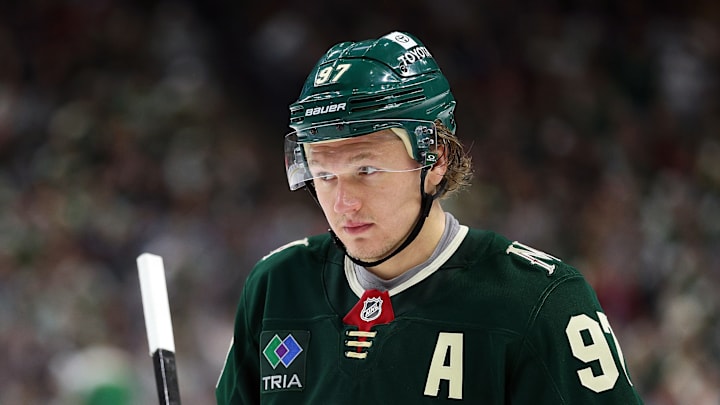On Tuesday, word leaked that some parts of the new memorandum of understanding between the NHL and NHLPA will go into effect prior to the official start date of September 15, 2026. The league and the players’ union feel that a staggered roll-out for some of the key changes seems to be the best way to handle things. So, how does it affect the Minnesota Wild? The good news is that, for the most part, it should be business as usual for them.
The biggest change is that the salary cap limits for the playoffs will go into effect this spring. Teams are going to have to submit a line-up prior to every playoff games that is compliant based on the season’s top-end of the salary cap. That means teams can’t stock up on talent if a significant player is on LTIR (Mark Stone with Vegas, Matthew Tkachuk, and Nikita Kucherov are some recent examples for Stanley Cup-winning teams) and then roll out a team that is over the cap come playoff time.
Two smaller parts of this implementation could be more of a factor for the Wild. And it's not the ability of players to endorse wine and spirits. The key one deals with how teams accrue cap space to bring in players at the deadline with higher cap hits.
With Minnesota projected to be under the cap for the season and not using long-term injury reserve cap relief, they could accrue cap space on a daily basis, which would give them a shot at picking up a higher-salaried player at the deadline for roughly a quarter of his yearly cap hit. Now, while they can still do that for the regular season, the player’s full salary would count against the playoff cap.
Another minor loophole that is being closed is the double-retention deals on trades. A few years ago, St. Louis traded Ryan O’Reilly to the Toronto Maple Leafs with Minnesota picking up a fifth-round pick to help with salary retention. With both St. Louis and Minnesota retaining a portion of O’Reilly’s salary, Toronto was able to sneak him under the cap. That type of deal won’t be allowed this season.
A player can still have his salary retained by two teams, but the deals have to be at least 75 days apart. Could it spark some bigger names (and contracts) being traded earlier in the season? Possibly. It could also be a reason why teams didn’t go crazy in the offseason, knowing that they might need a little more cap room during the season if they want to swing a trade.
The rule tweak that bears the most weight on the Wild is the one that bars deferred payments. A tactic that had become a little more prevalent over the last few years to help lower cap hits but still pay players a hefty sum has gone away. So, when the Wild finally get around to signing Kirill Kaprizov his new contract, all of it has to be paid during the life of the deal.
Their advantage to sign him to an eight-year deal has some clarification as well. The change to maximum contract lengths (seven years for a player signing with the same team and six for him signing with a new team) goes into effect on September 16 of 2026. If Kaprizov is looking to max out the length of his contract, Minnesota holds the hammer for now.
